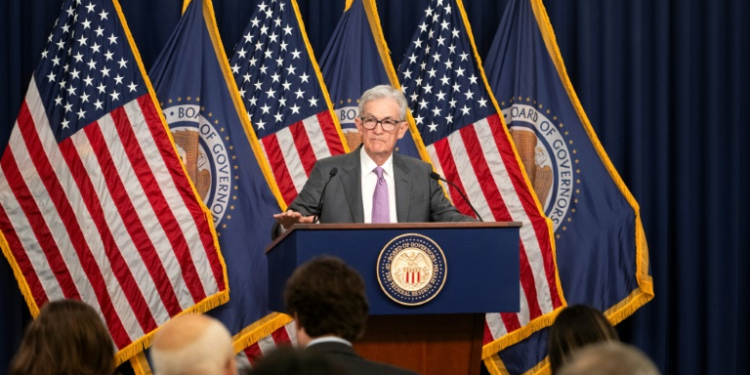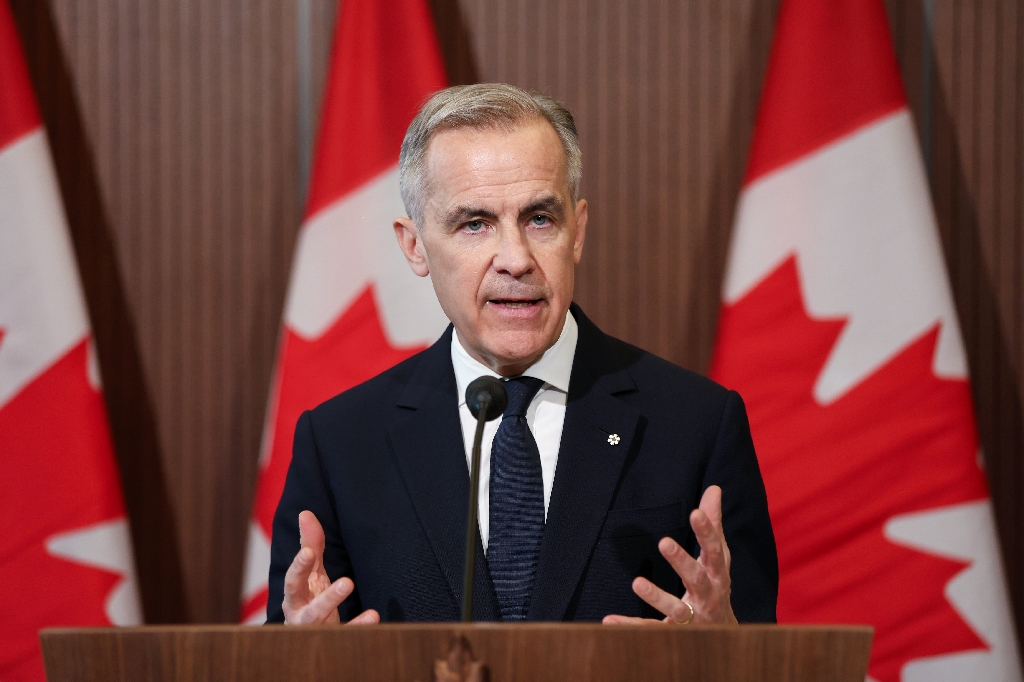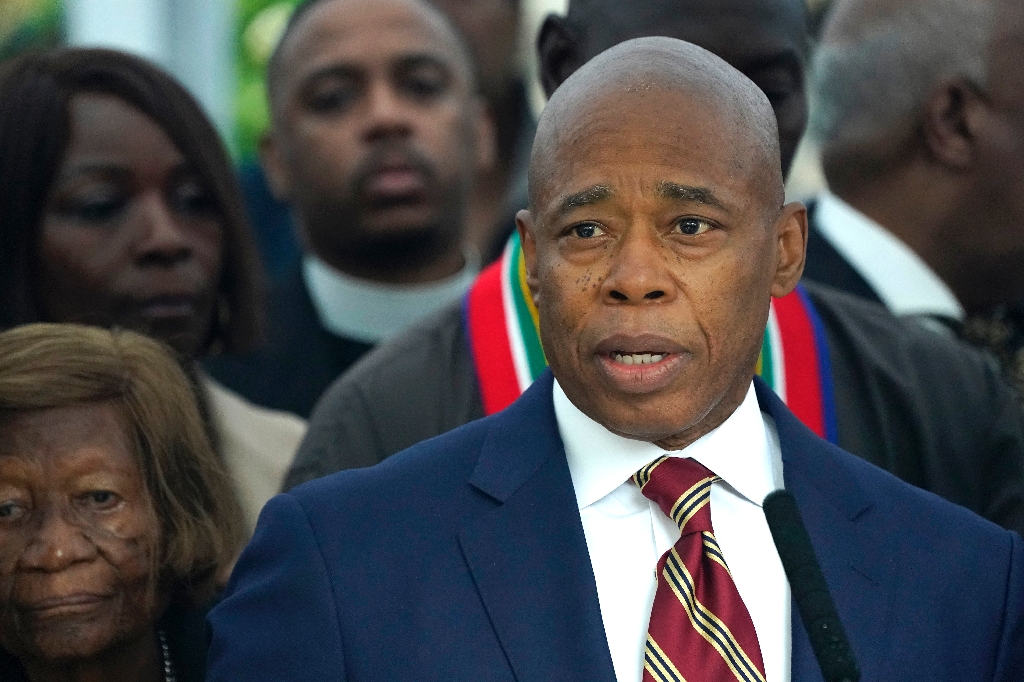Washington (AFP) – The US Federal Reserve cut its key lending rate by half a percentage point on Wednesday, marking its first reduction since the onset of the Covid-19 pandemic. This significant move lowers borrowing costs just ahead of November’s presidential election. The Fed’s decision will influence the rates at which commercial banks lend to consumers and businesses, effectively bringing down the cost of borrowing on everything from mortgages to credit cards.
The news is likely to be well-received by Democratic candidate Kamala Harris, who has been emphasizing President Joe Biden’s economic record in her race against Donald Trump. Policymakers voted 11-to-1 in favor of lowering the US central bank’s benchmark rate to between 4.75 percent and 5.00 percent, as announced in a statement from the Fed. The lone dissenting vote came from Fed governor Michelle Bowman, who favored a more traditional quarter-point cut.
The Fed indicated that its rate-setting committee “has gained greater confidence that inflation is moving sustainably toward 2 percent, and judges that the risks to achieving its employment and inflation goals are roughly in balance.” The bank operates under a dual mandate from Congress, which requires it to tackle both inflation and employment independently.
Analysts had anticipated the Fed’s rate cut on Wednesday, noting that inflation is easing toward the bank’s long-term target of two percent while the labor market remains cool in the surprisingly resilient post-Covid economy. However, there was considerable uncertainty regarding the magnitude of the cut, with some expecting a small reduction of a quarter of a percentage point, while others predicted a more substantial half-point cut—a decision that carries greater risks of reigniting inflation.
In updated economic forecasts released alongside the Fed’s rate decision, policymakers projected a median unemployment rate of 4.4 percent, on average, in the fourth quarter of this year, up from 4.0 percent in the previous update in June. Additionally, they anticipated an annual headline inflation rate of 2.3 percent, slightly lower than the forecast in June. The Fed’s sharper-than-expected cut took some analysts by surprise.
“In our base case, the Fed cuts 25bp (basis points) but signals 100bp of cuts this year with the median 2024 ‘dot’,” wrote economists at Citi in an investor note published before the rate decision.
The Fed’s mandate allows it the independence to set monetary policy based solely on economic data. Nonetheless, its recent decision is likely to have political implications, given the prominence of inflation and the cost of living for US consumers. Americans have consistently identified both as top concerns leading up to the election. Donald Trump has frequently criticized Fed Chair Powell, whom he appointed, suggesting that the Fed’s actions are politically motivated—an assertion that the US central bank has firmly denied.
© 2024 AFP





